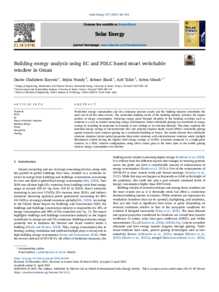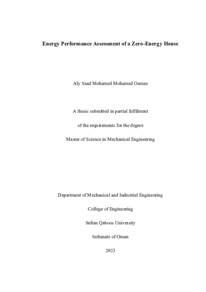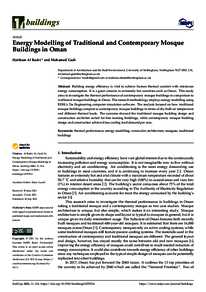Document
Building energy analysis using EC and PDLC based smart switchable window in Oman.
Identifier
DOI: 10.1016/j.solener.2022.04.009
Source
Solar Energy. v. 237, p. 301-312
Contributors
Country
Netherlands.
City
Amsterdam
Publisher
Elsevier Ltd.
Gregorian
2022-05-01
Language
English
English abstract
Worldwide energy consumption and CO2 emissions increase yearly and the building industry contributes the most out of all the other sectors. The residential building sector of the building industry provides the largest portion of energy consumption. Reducing energy gains through elements of the building envelope such as windows is a way to combat increasing energy consumption. Smart switchable glazing can contribute to energy savings by adjusting its properties in response to user settings or an external stimulus. This study explored the potential energy savings of electrochromic (EC) and polymer disperse liquid crystal (PDLC) switchable glazing against common static window glazing for a residential building in Oman. The results showed that switchable windows displayed better optical properties than static windows, with electrochromic windows under daylight illuminance control having the highest total energy savings at 23.56% reduction compared to a single-glaze window. In a PDLC window configuration, using silver coated glass as the inner pane in the double glazing reduces energy consumption even further.
ISSN
0038-092X
Category
Journal articles



